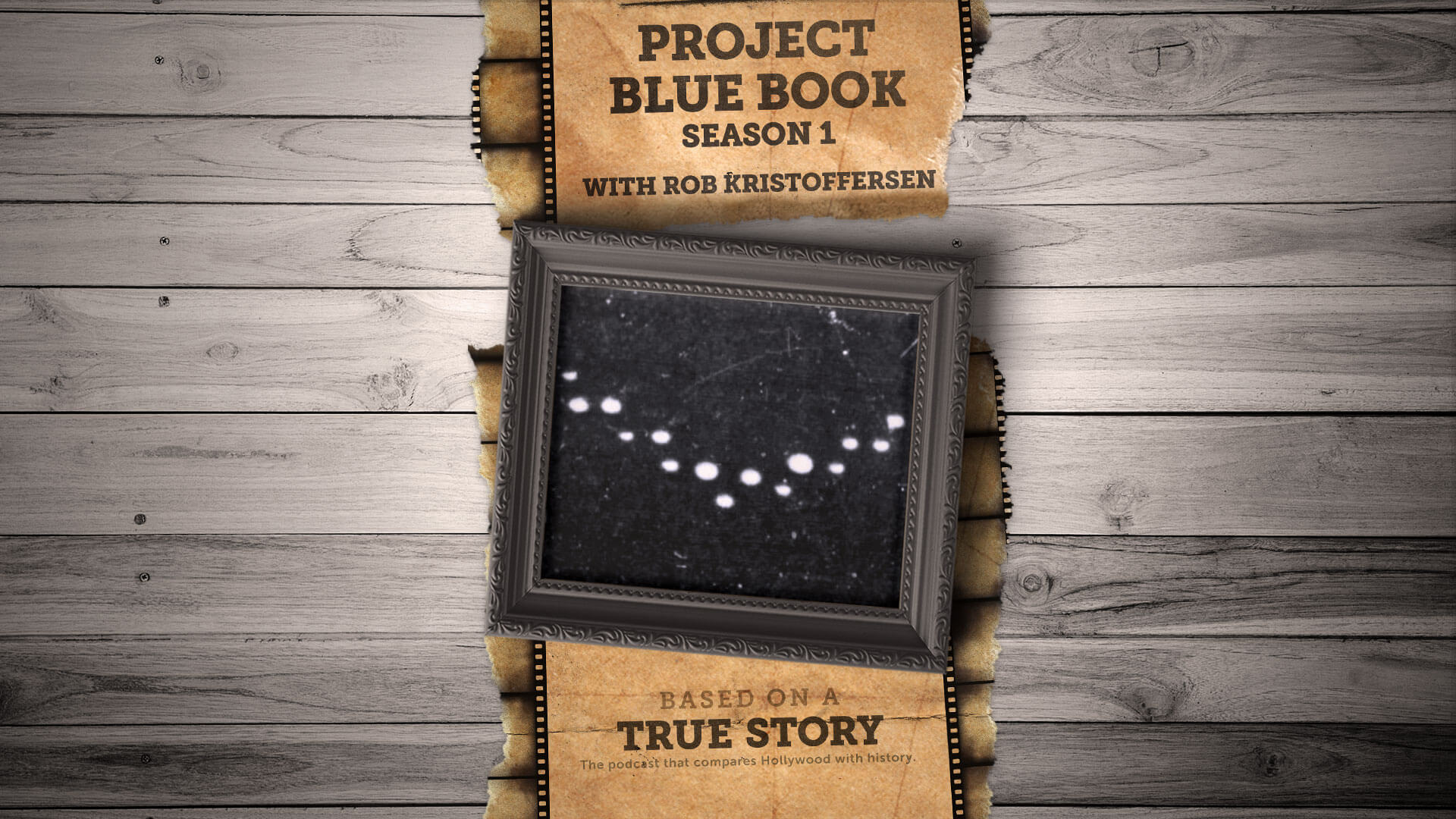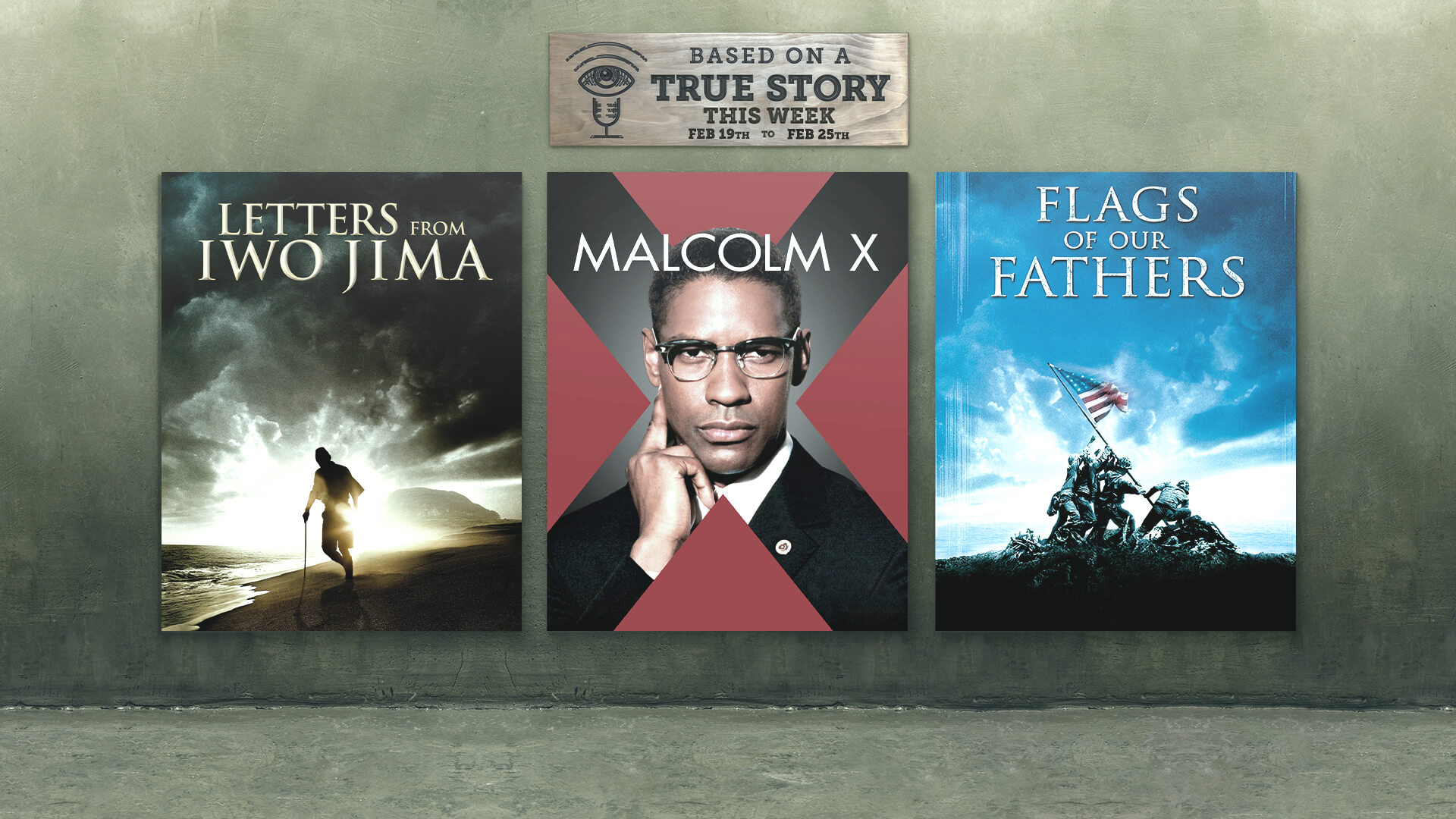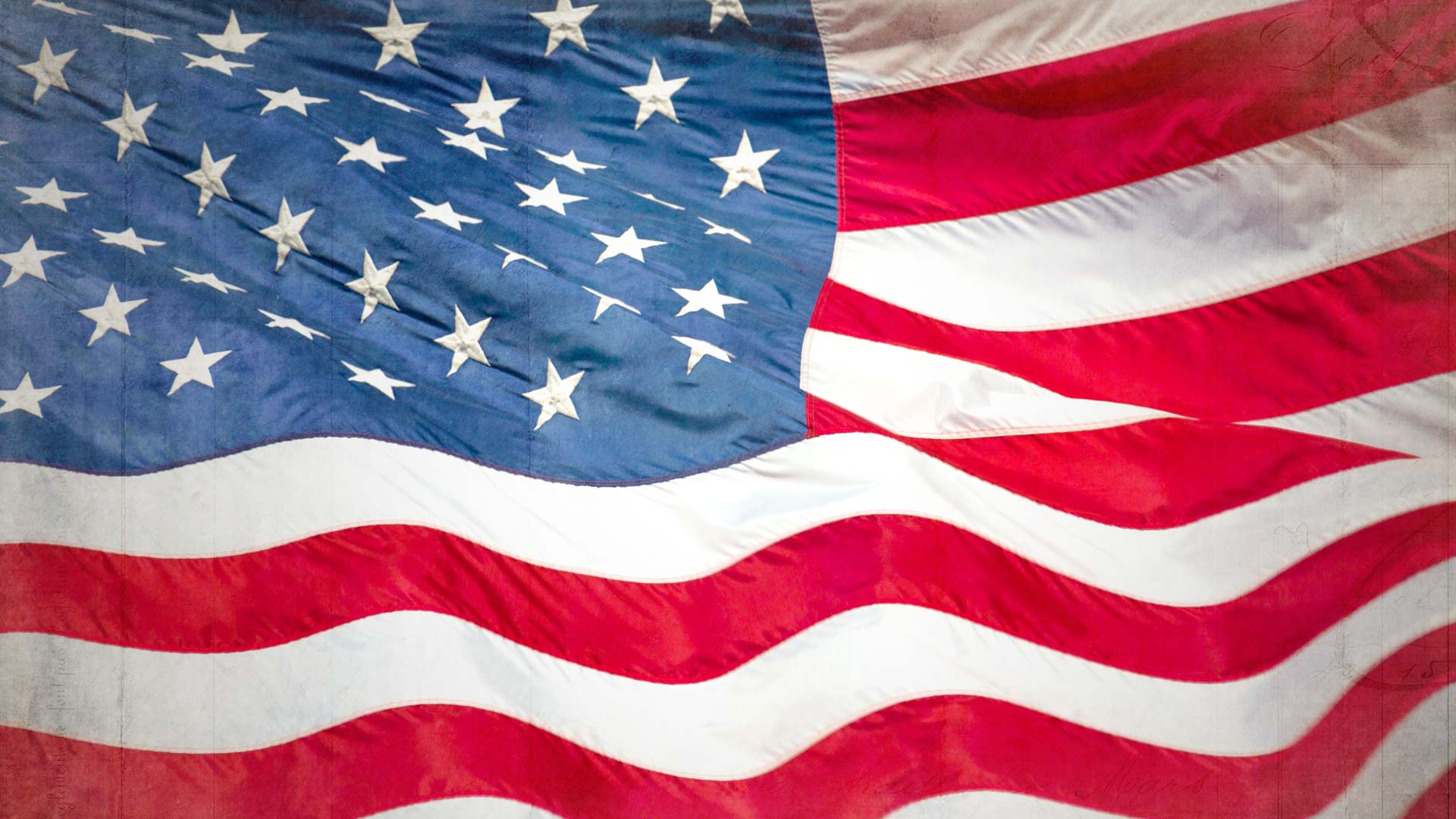In this episode, we’ll learn about historical events that happened this week in history as they were depicted in 37 Days, Gettysburg, and The Trench.
Did you enjoy this episode? Help support the next one!
Disclaimer: Dan LeFebvre and/or Based on a True Story may earn commissions from qualifying purchases through our links on this page.
Transcript
Note: This transcript is automatically generated. There will be mistakes, so please don’t use them for quotes. It is provided for reference use to find things better in the audio.
June 28, 1914. Sarajevo.
A white-haired man sits down in a quiet room. On his lap are some papers. He pulls out his reading glasses and looks down at them.
As he does, we hear voiceover that we can presume is what the man’s reading about—which, in turn, is an event that took place earlier in the day.
The voiceover tells us that the Archduke’s assassin was Gavrilo Princip. He was a Bosnian Serb who believed that Bosnia should be part of the Kingdom of Serbia and that the only way to get rid of the province’s Austrian overlords was through violence. The victim they chose was Archduke Franz Ferdinand, who was the heir to the Habsburg throne and the symbol of everything Princip hated about Austrian rule.
On top of that, the 28th was a day of Holy mourning, the most important date in the Serb calendar, so it was madness for an Archduke to visit Sarajevo on this day of all days. The voiceover likens this to an English king going in battle dress to Dublin on St. Patrick’s Day.
As the voiceover explains this, we can see the Archduke in his dress uniform getting into a car with his wife in an elegant white dress and hat.
The voiceover continues, saying that Princip missed his chance as the Archduke’s car drove by too fast. So, Princip went to a nearby café to contemplate what might have been.
We can see a man now, sitting down and smoking a cigarette.
The voiceover explains that he got a second chance because the Archduke’s driver got lost in the city’s old town. It got stuck right outside the café where Princip was at.
We can see Princip noticing the Archduke’s car backing up outside. He pulls a pistol out of his pocket, cocks the gun and rushes outside.
From the perspective of the car, we see the Archduke’s wife smiling as the car continues to back up down the street. Princip raises his pistol and begins firing. There are screams. The car stops and all we can see now is Princip pointing his gun right at the camera, shooting at the passengers inside.
This scene comes from the 2014 miniseries called 37 Days and it depicts an event that happened this week in history when Archduke Franz Ferdinand and his wife, Sophie, the Duchess of Hohenberg were both assassinated by Gavrilo Princip.
So, the series was correct to mention those names as being the key people involved in the event.
What followed after that event was a series of alliances being triggered that launched the world into war—what we now know as World War I. The series was also correct to mention Princip failing at the assassination plan at first, although there’s more to the story than the series tells.
Just a few years earlier, Austria-Hungary had annexed the Bosnian provinces, increasing tensions from nearby Serbia who also wanted the provinces. Also important to the story is the fact that Archduke Ferdinand was the presumptive heir to the Austrian emperor at the time.
So, when Ferdinand was in Bosnia for some military exercises, there was a revolutionary society who plotted to assassinate him. Some have suggested the Serbian government itself was involved, but we don’t really know for sure. What we do know is that Gavrilo Princip was among those involved in the plan. On June 28th, there were seven would-be assassins who planned to intercept Ferdinand’s car in Sarajevo. The first attempt wasn’t by Princip, but another in the group tried to throw a handheld bomb, kind of like a grenade, at the Archduke’s car. The series only mentions the Archduke’s car, but in truth it was a motorcade and the bomb bounced off and exploded under the wrong car.
Some people nearby were injured, and the would-be assassin was captured by the police. However, the Archduke decided not to end his trip in Sarajevo, but to continue the day’s planned events.
The series mentions them driving at high speeds, and they did do that after the first failed attempt. But then, just like the series suggests, the first three cars in the motorcade turned down the wrong street. It just happened to be where Princip was. The cars tried to back up, but Princip seized the opportunity and pulled out his pistol to kill the Archduke and his wife at point-blank range.
After the assassination, the Austro-Hungarian leaders blamed the Serbian government for the attack. The truth is that we still don’t really know if the Serbian government was involved at all, but the lack of proof didn’t stop the Austrians from sending an ultimatum to Serbia.
As a little side note, Serbia was allied with Russia, so Austria-Hungary had to tread carefully with this move. But, they were assured Germany’s support in case of war by Kaiser Wilhelm II, so the ultimatum was delivered in mid-July. Meanwhile, Wilhelm went on his annual cruise. Serbia agreed to most of the demands on July 25th. Once Wilhelm returned from his cruise, on July 28th, he communicated there wasn’t a justification for war. But the Austrian emperor, Franz Joseph, had already authorized war.
On July 28th, 1914, Austria-Hungary officially declared war on Serbia. Today, we refer to July 28th as the start of World War I because it was the start of a chain of events.
In response to the declaration of war, Serbia called on their Russian allies for assistance. Russia responded by mobilizing their military. Germany sent an ultimatum to Russia to halt its mobilization. That was ignored and Germany declared war on Russia on August 1st. France then mobilized their military, so on August 3rd, Germany declared war on France while also invading Belgium. In response, Great Britain declared war on Germany on August 4th. Austria-Hungary declared war on Russia on August 5th, Serbia declared war on Germany on August 6th, Montenegro declared war against Austria-Hungary on August 7th, France declared war on Austria-Hungary on August 10th, on August 12th Montenegro declared war on Germany while Great Britain declared war on Austria-Hungary the same day.
Of course, that’s just a quick overview, but you get the idea. There’s more—for example, on August 23rd, Japan declared war on Germany, then two days later Austria-Hungary declared war on Japan. But, in a nutshell, that’s why the event that happened this week in history, the assassination of Archduke Franz Ferdinand is the event that spiraled the world into war.
If you want to watch that depicted on screen, check out the 3-part miniseries from BBC called 37 Days. The assassination starts early on at about 12 minutes into the first episode.
Before we wrap up this segment, though, to add to the story of history this week, it’s also worth pointing out that the most important treaty of World War I was signed exactly five years after Archduke Ferdinand was assassinated. The Treaty of Versailles was signed on June 28th, 1919, and it officially ended war between most of the Allies and Germany. The Treaty of Versailles also demanded Germany accept responsibility for the war and pay reparations. And thus, it was a key factor in the economic collapse of Germany after World War I that subsequently fueled the resentment that helped the Nazi Party rise to power in Germany which led to World War II.
June 30, 1863. Pennsylvania.
As the movie fades up from black, the landscape is dark. The silhouette of trees can be seen in the foreground. In the background is the sky, filled with clouds and an orange color that we would expect to see with the morning sunrise.
This is what we see as the text on the screen gives us the date of Tuesday, June 30, 1863. It also tells us it’s the third summer of the war. Now we can see the sun peaking over the mountains on the horizon as the orange colors are starting to melt into the day’s blue sky. In the foreground, looking over the sunrise in the distance is the silhouette of a man. After a moment, he turns around and walks toward the camera. The scene fades to another beautiful landscape with mountains in the background, the morning fog creating a sort of atmospheric haze of blues and oranges.
The man is on horseback now and he rides to the center of the frame before stopping. He pulls out a telescope and puts it up to his eye. The camera cuts to what he’s seeing, a line of soldiers on horseback. Thanks to their blue uniforms and a couple of United States flags being carried, we can tell these are Union soldiers.
The man watching them puts away his telescope and we can see better now that he’s wearing a brown jacket. Although no one else is around, he says out loud that’s two brigades of Federal cavalry.
Then, in the next shot, we see him riding along another hill. He stops his horse and pulls out the telescope again. This time he’s looking at a line of infantry soldiers marching along a dirt road, from the right side of the camera frame to the left side.
After this, we see the scout delivering the news of the Union soldiers on the move to Confederate General Longstreet. He’s played by Tom Berenger in the movie. This is also where we find out the scout’s name is Henry T. Harrison, and he’s played by Cooper Huckabee in the movie.
Later, General Longstreet meets with General Robert E. Lee to tell him about the Union’s movement. Looking at the map, Lee says they should concentrate right here. He points to a town on the map. The camera cuts to the map and we can see the name of the town: Gettysburg.
This comes from the 1993 film named after that town, Gettysburg, and it depicts an event that happened this week in history when Confederate General Robert E. Lee ordered his troops to concentrate around Gettysburg, Pennsylvania.
The movie was correct to show Harrison as being vital to the gathering of information for the Union troop positions leading up to the battle.
Just like we see happening in the movie, Henry T. Harrison—the “T” stands for Thomas—was a Confederate spy who told General Longstreet that the Union soldiers were advancing north. Although, my sources mentioned that happening on June 28th and not the 30th like we see in the movie, but in either case, it happened this week in history.
Longstreet was surprised at the news of the Union troop’s locations, but it was based on this that helped Lee make the decision to concentrate his army of 75,000 troops at Gettysburg because of its crossroads. That set up what we now know as the Battle of Gettysburg, the bloodiest single battle of the Civil War with an estimated 50,000 casualties over the three-day battle between July 1st and July 3rd.
For a bit of geographical context, that’s 35 miles or about 56 kilometers to the south of Pennsylvania’s capital, Harrisburg.
For a bit of historical context, the Federal states were tiring of the war that had been raging for a couple years at this point. Lee’s purpose at Gettysburg was to invade the north and deal a blow to the Union that would force a peace negotiation.
What really happened, though, was that Lee’s plan didn’t work. His army was defeated at Gettysburg in a battle that many consider being a turning point in the Civil War.
If you want to watch the event that happened this week in history, check out the 1993 movie simply called Gettysburg. As I mentioned, most of the battle took place this week in history from July 1st to July 3rd, but the event that I started this segment with started at about 5 minutes and 16 seconds into the film.
And if you want to dig deeper into the true story, I had a chat with Jim and Eric, two Gettysburg Licensed Battlefield Guides and the co-hosts of The Battle of Gettysburg Podcast about the historical accuracy of the movie back on episode #160 of Based on a True Story.
July 1, 1916. Northern France.
The sky is an eerie yellow-orange color. Silhouetted against the eerie light in the foreground we can see two soldiers wearing British-style helmets. While they face the left side of the camera’s frame, another soldier walks on the right side of the frame in the trenches. Also, on the right side we can see posts with barbed wire strung between them.
The camera cuts to a soldier sitting in one of the trenches. Text on the screen tells us it’s 5:30 AM. The soldier is smoking a cigarette as he writes something down, presumably a letter. When the camera angle cuts closer, we can see his face a little better. This is Daniel Craig’s character, Sgt. Telford Winter. After examining the letter one last time, Winter folds it up and puts it into an envelope. Then, he picks up his rifle and puts on his helmet.
He walks down the trench a little way and says “good morning” to some other soldiers. It’s still very dark, so it’s hard to see how many soldiers are there, but I can count at least five or six at any one time on screen. It makes for what looks like cramped quarters in the trenches.
A few minutes further into the movie, it’s brighter outside now as the sun seems to have risen further.
This is how the 1999 movie The Trench and right up front it’s helpful to know this movie is trying to capture the essence of what it was like for the British soldiers leading up to the battle. So, it’s not going to be entirely accurate to everything that happened or even the soldiers who were there. For example, I couldn’t find anything in my research to suggest Daniel Craig’s character, Sgt. Winter, was based on a specific soldier.
With that said, though, the movie is correct to show the Battle of the Somme starting this week in history on July 1st, 1916. The name coming from the Somme River in Northern France.
By the end of July 1st, the British Army alone suffered 57,000 casualties marking the bloodiest day in its history. The battle lasted for 140 days, from July 1st to November 18th, 1916, and in that time over three million soldiers fought.
The British suffered 420,000 casualties, the French around 200,000, and the Germans lost at least 450,000 men. So, with over a million men killed or wounded, the Battle of the Somme went down as one of the deadliest battles in human history.
Some people refer to the Battle of the Somme as the start of modern warfare because it was during this battle that the first tanks were used when the British sent them into action on September 15th, 1916. It was also the first time a creeping barrage was used in battle. That’s when artillery continues to move forward to lay cover for infantry close behind it.
Well, I guess, technically that wasn’t the first time—the Bulgarians used a creeping barrage during the siege of Adrianople in March of 1913, but with the start of World War I in 1914, most of the rest of the world had already forgotten about that event and in a way it was re-invented at the Battle of the Somme.
If you want to watch the depiction on screen, check out the 1999 movie called The Trench. The entire movie is set this week in history as it starts on June 29th, 1916, but the beginning of July 1st starts at an hour, eight minutes and 47 seconds into the film.
Share this:
- Click to share on Twitter (Opens in new window)
- Click to share on Facebook (Opens in new window)
- Click to share on Reddit (Opens in new window)
- Click to share on Pocket (Opens in new window)
- Click to share on LinkedIn (Opens in new window)
- Click to share on WhatsApp (Opens in new window)
- Click to share on Telegram (Opens in new window)
- Click to email a link to a friend (Opens in new window)
- Click to print (Opens in new window)



